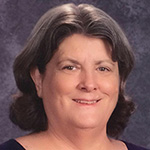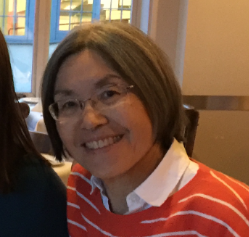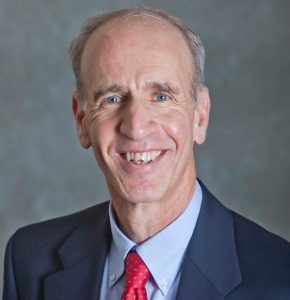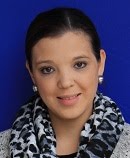Tips for countering the November Blues
November was always a tricky month for me as a teacher — the weather turns towards winter, the clocks fall back so it’s dark before leaving school, and there were just enough random days off that it was impossible to get a rhythm going. Here are a few tricks I used to keep the energy through November and the end of the year:
Get away from the computers
By November patterns were set, students walked into class generally knowing what to expect, with a structure to class, and projects to work on. In general this sense of routine was great, all the administrative stuff could happen quickly, but that energy from the beginning of the school year was gone. To counteract this I’d always find time in November to do some work away from the computers. This was great for two reasons, first it would break that monotony in the classroom, and lessons like the CS unplugged curriculum forced everyone to approach computer science from a different lens, and ensure that the collaboration and communication strands of the CSTA standards were being hit. Second (and maybe more importantly) it was an opportunity to swap classrooms with another teacher in my school. I got to teach every day in a computer lab and there was always a colleague who was looking for computer time. With one creative lesson plan I’d shake things up in my class and make someone else’s day! When class registration time came around, these teachers were always willing to help promote my computer science classes :).
Coach a team or after school club
For me, November meant the start of a new high school basketball season, and a new opportunity to see my students in a different light. I’m not saying that everyone reading this should immediately start coaching, but we all can find ways to see our students engaging in a passion outside of the classroom. The hours we spent in practice, on the bus to away games or waiting on bleachers during tournaments gave me a chance to see my students in a more relaxed setting, and learn more about them as people. These stronger relationships payed huge dividends on those days when I felt especially exhausted and everything I had planned for class just didn’t work out.
Dedicate some time to real professional development
First quarter grades were due in November for me, and assigning grades was always my least favorite part of teaching. I think mostly because it made me confront all the things I had hoped to teach, but clearly had not succeeded at actually teaching to my classes. It also meant a “professional development” day dedicated to fighting the online grading system that ran slowest when every teacher in the district was using it at the same time. In order to keep from going insane, I’d make sure to dedicate some time on those days, even if it was just an hour, for some real, self directed, professional development. It could be reading an article, taking an online course, or reaching out to my PLN (in my case the local CSTA chapter) to see what cool new things they were trying in their classrooms.
If you’re a CSTA+ member, there are some amazing free resources included in your membership to take advantage of on this front — try a online course from Pluralisght, get professional development on using robots, or read the latest issue of Inroads magazine to see what’s new in CS education research. Plus, you’ll be able to secure your spot at the 20th anniversary of the CSTA conference before anyone else (and at last year’s early bird registration price!) Join or upgrade today at http://csta.plus.
So, what are your tricks for combating the November blues? Let me know on twitter @jakebask or @csteachersorg using #csta

Jake Baskin
Executive Director CSTA





 Anthony A. Owen
Anthony A. Owen Bobby Schnabel, Partner Representative
Bobby Schnabel, Partner Representative
 Kristeen Shabram
Kristeen Shabram